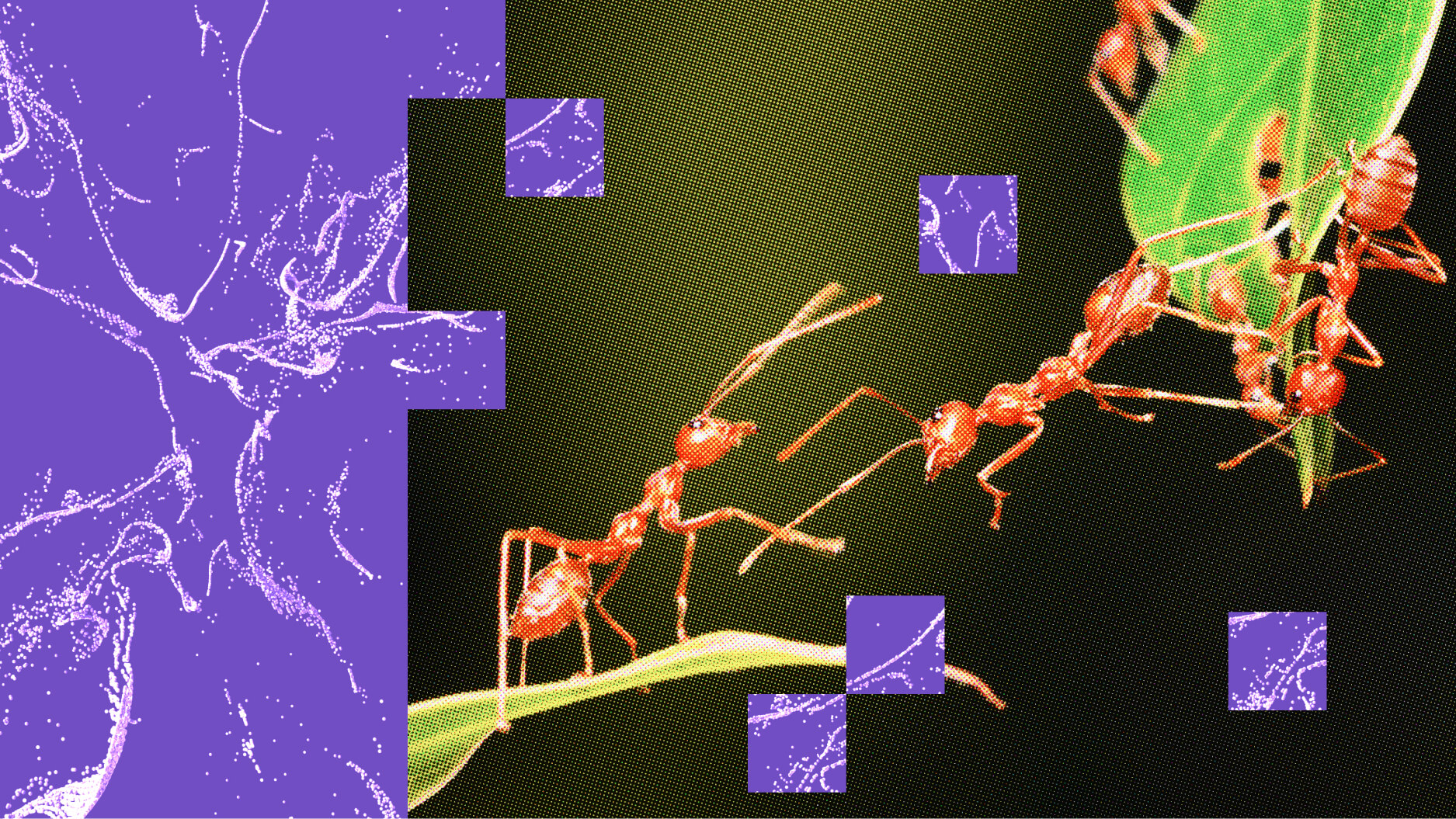Photojournalist Lynsey Addario believes in the power of images. They engage in a way text and writing can’t. That’s why photographs are so vital in educating the public about conflicts, war, poverty, and other troublesome issues worldwide.
Addario is part of a new generation of journalists shaped by the Global War on Terror. She finds in photography not only an artistic medium to convey people’s stories, but also the key to changing political policy by showing its consequences.
In this video interview, Addario shares some of the ideas presented in her New York Times bestselling memoir It’s What I Do. How does an image transport a viewer? What’s the best way to capture the perfect moment? Is it possible to capture a horrific scene in a beautiful photograph? We asked one of the most important photojournalists in the world to address these questions.
Lynsey Addario: I believe in the power of images. I think I wouldn't be a photographer if I didn't believe in the power of images. I think there's an immediacy to an image that obviously text or writing doesn't have. They both are incredibly powerful tools, but they hit you at different moments. So an image that can speak to people really can bring them to that place or transport them to that moment of pain or that moment of urgency or whatever that emotion is I'm trying to convey in that image. I think that an image has the ability to take the viewer there immediately.
Sometimes I feel like a hunter like I feel like I walk into a scene and I kind of — the first thing I do is look at the light and I figure out where is the light interesting? Where is the light source and where is it falling? And then I look at the expressions on people and their faces and I'm trying to think about what is the story I'm trying to tell or what is the story that's being conveyed to me? And then I have to look for details. I'm looking for sort of anything that might be interesting or might sort of convey a message and I often kind of circle around that scene several times. So I'll look at from the front, from the side, from the back. I'll go around it a few times and see how the light changes, if it's backlit, if I'm shooting straight on. And then often I'll shoot the hell out of it. I mean I'll shoot it every which way I can. I'm kind of very unconventional on how I learned to compose pictures. It was really trial and error. So for me, I'm often trying to fit a certain amount of information into a frame. I'm trying to tell a story with each picture. So that has a lot to do with how I compose a picture. And then I'm trying to make it beautiful. Even if it's a horrible scene, I'm trying to sort of bring the viewer in and make them interested. So I don't want to take something and make it so horrendous or capture it in such a way that the first thing they do is turn the page. I want to engage the viewer.





